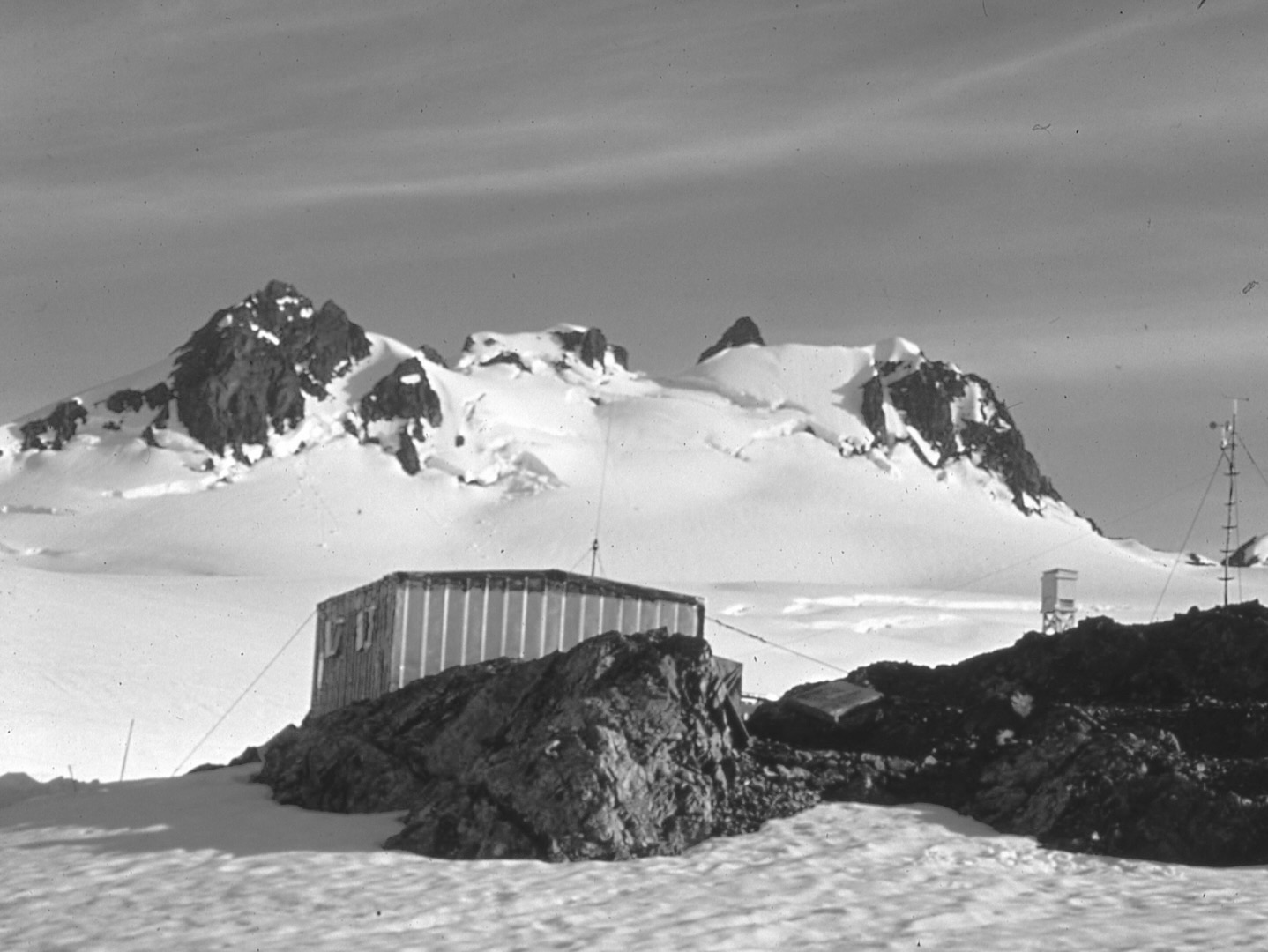
Can Cooperation Save our World?
William A. Liggett — Feb 27, 2024
If there ever was a time when cooperation was needed, it is now. “Societies across the globe are struggling to find and negotiate an effective and fair distribution of climate actions between state actors, civil society, citizens, the private sector and other actors.” This past year was the warmest in recorded history. The concentration of greenhouse gases in the atmosphere, the principal cause of global warming, has never been higher and continues to climb. We have nearly reached the maximum threshold temperature of 1.5 degrees Celsius agreed to in the 2015 UN climate accord.
Does this mean that all hope is lost—that we cannot prevent runaway climate change? Not if we work together across the globe. There was a time in the past, but still in the lifetime of many people alive today, that demonstrates what cooperation among nations can look like. Have you heard of the International Geophysical Year (IGY) that took place between 1957 and 1958? It was accomplished in the midst of the cold war and was a time of great achievement, discovery, and cooperation among nations.
The research during that year involved 300,000 scientists from 67 nations, and cumulatively achieved monumental results. It was an amazing time of cooperation and effort, and the resulting scientific and technical achievements were incredible. Among other things, the mid-ocean ridges were documented leading to the wide acceptance of the concept of plate tectonics. The Van Alen radiation belt was discovered, and the USSR and the US, launched the first artificial satellites ever to orbit the Earth. An agreement was reached to ensure that Antarctica would remain neutral instead of being divided and claimed by individual countries. David Keeling began collecting data on CO2 concentrations in 1958 in Hawaii that continues today in the famous “Keeling Curve.” Multiple data centers were established to compile the millions of data points being collected to establish their safety and ensure open availability to all.
All of this international cooperation was accompanied by an atmosphere of excitement and optimism world-wide built on humanity’s ability to study and learn through shared activity. A statement published just before IGY started captures the vision at the time: “What remains to be explored is global, not local. None of the problems . . . can be investigated in the laboratories or from observatories of a single country. . . humanity as a whole must now study the planet as a whole.”
Global warming crosses oceans, continents, and national borders. I am struck by how much we could use the spirit today that spread during IGY while the world attempts to mitigate greenhouse gases and deal with global warming. If we are to achieve and sustain an environment that is livable, we must all work toward that end.
During IGY, many of the efforts were small but contributed to the success of the whole. The modest research station on the side of Mount Olympus in Washington State (see photograph above) was built and used by the Department of Atmospheric Sciences at the University of Washington during IGY to collect data on the glacier. It was occupied by the university for several years afterward.
I spent the summer of 1963 in that station helping to collect data before my freshman year of college. That experience played an important role in my early adult life. Watermelon Snow, my first climate fiction (cli-fi) novel, takes place on Blue Glacier, and much of the action in the soon-to-be-released sequel, Panic Peak, occurs there as well.
* * *
On a personal note, over the past several years I took a break from my writing to tend to my dear wife, Nancy, as she suffered and eventually succumbed to a rapid form of dementia. I was supported through this difficult time by my life-long friend Cathy. She and I were recently married. She has been incredibly supportive of my writing efforts, and I am excited to announce that Panic Peak has been published and is available in paperback.
* * *
Bill Liggett writes fiction that blends behavioral and earth sciences in the new literary genre “cli-fi,” or climate fiction. In Watermelon Snow, his first novel, a long-frozen virus melts from a glacier, threatening a pandemic. His second novel, Panic Peak, entails a plot to geoengineer the earth’s climate. The planned third novel in the trilogy paints a hopeful future, based on solutions to global warming.
Previous Post: Can Cli-Fi Solve Global Warming?
As I was a practicing geophysicist for 35 years, was born at the very last of ‘57, yes, I am aware of what was accomplished in the IGY and fully support your perspective. Because I also got an MS of Div and became a preacher, it is my belief that one way to gain a grass roots swell is to go after the Christians for cooperation. Not those who are blindly driven but a doctrinalism that I find unrecognizable, but those who understand the Genesis verses that instruct us to be good stewards of the loving gift of Creation which we have been granted. Are you familiar with Dr. Katharine Hayhoe’s work at Texas Tech and her publishing along these lines? Also Dr. Sandra Richter at UC Santa Barbara? This morning I have just been entasked to write an article for the Courier on you before your talk on the… Read more »
Looking forward to reading it and getting a copy for a major peak summiting-earth loving son.